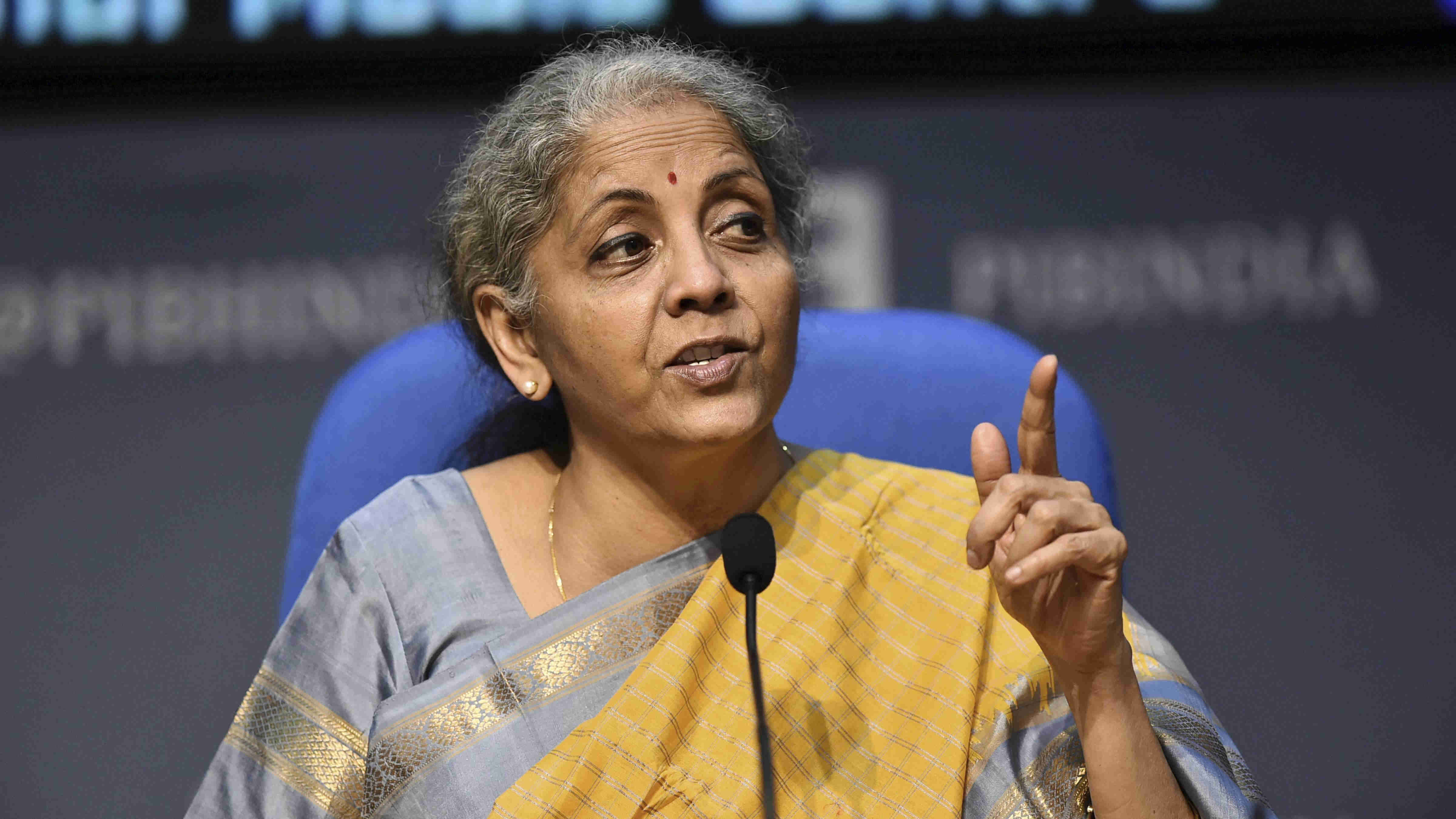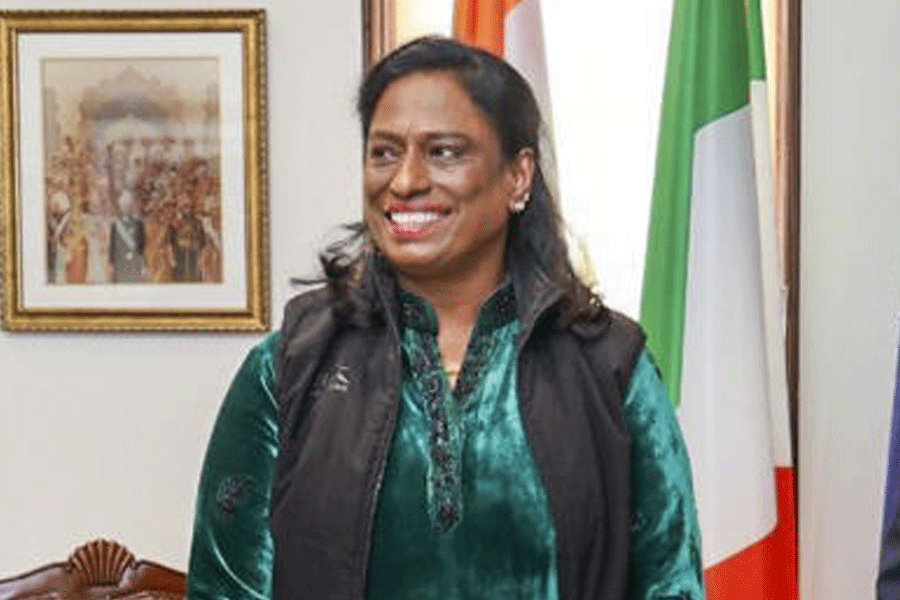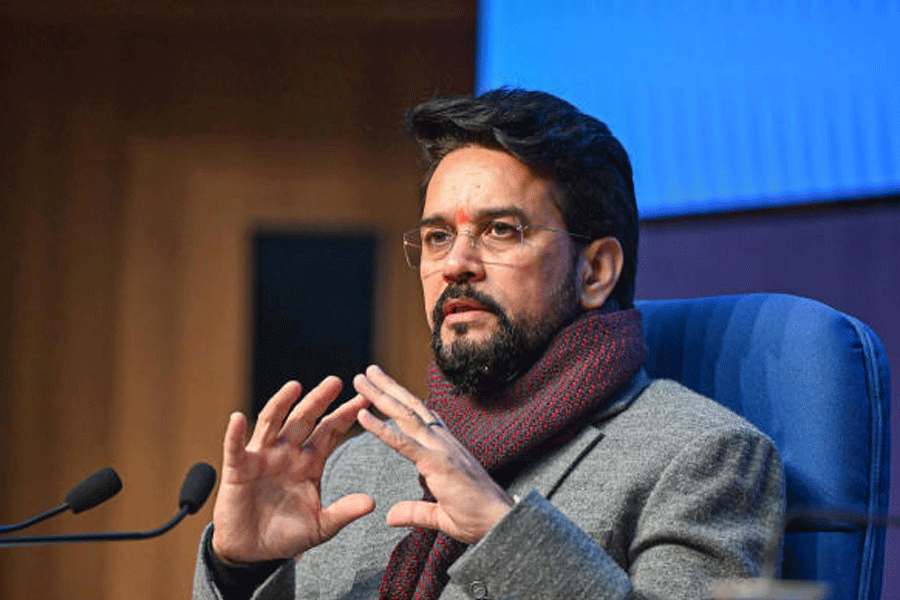In theory, a parliamentary system is also a cabinet-led way of government. In India, however, this has, except on rare occasions when a weak coalition is at the helm, invariably translated into a prime minister-dominated system. The Union budget is one of those rare occasions in the life of governments when the spotlight shifts from the prime minister to the finance minister. This is not so much because the decision-making is vested solely in the finance ministry, but because, apart from the overall political direction, the detailed choreography is left to the minister flaunting the red briefcase — in this case, the tablet with the attractive red cover with the official seal. Apart perhaps from the prime minister, other ministers are not privy to the budget before it is presented. I recall how furious L.K. Advani was after one budget presented by the then finance minister, Yashwant Sinha, during the term of Atal Bihari Vajpayee. And Advani was the unquestioned number two in the government.
The problem that Finance Minister Nirmala Sitharaman faced — at least until she completed her two hour-long budget address on February 1 — was that she was viewed as a lightweight. This was partly because she had stepped into the shoes of Arun Jaitley who, until he stepped aside on account of ill health just prior to the 2019 general election, was much more than just the finance minister. Her lack of a significant profile owed to two factors.
First, before her elevation to the senior ranks of the government in 2014, Sitharaman was merely one of the Bharatiya Janata Party’s spokespersons and easily overshadowed by the likes of Jaitley, Rajnath Singh, Nitin Gadkari, Sushma Swaraj and Amit Shah. Even after assuming a ministerial role she quite consciously kept a very low profile. For many, she was a surprise choice as defence minister and, subsequently, finance minister.
Secondly, the perquisites of a finance minister include rubbing shoulders with the captains of industry and finance, making mandatory trips to Davos and being regarded as the resident pundit. Certainly, that was the status of Manmohan Singh in the P.V. Narasimha Rao government and P. Chidambaram in the United Front regime and the Manmohan Singh government. If Manmohan Singh was viewed in the outside world as the last word in economics — even if that meant, quite mistakenly, underestimating his skills as a politician and overestimating his ability to translate his academic wisdom into real-life situations — his successor was, frankly, as much feared as respected. The media in particular were very hesitant to be critical of Chidambaram, a courtesy that was rarely extended to Pranab Mukherjee who carried more political heft.
Since she was elevated to her present position in North Block, Sitharaman has worked diligently but kept an extraordinarily low-key public profile. She hasn’t been seen summoning the captains of industry to her office, nor has she been known to have special lines of communication with any corporate house. She has done her work quietly and without any fuss, aided by equally low-profile advisers who haven’t taken a sabbatical from American universities. Likewise, her personal and family life has been a complete blank in the public imagination. This quiet approach has often been misinterpreted in the media imagination — which in turn has shaped business perceptions — into a belief that she is a cut below many of her predecessors. What was particularly singled out for criticism was her multi-part presentation of the stimulus package that also sought to link past initiatives with present sops and incentives. It was seen to be lacking in slick presentation.
It is worth keeping this background in mind to understand the extraordinary elation that has greeted the Union budget of 2021. Maybe India has stopped the practice of describing the finance bill it likes as a Super Budget, keeping in mind the disappointments that often come mid-course. However, it would be fair to say that when Sitharaman rose to speak in the Lok Sabha on Monday, the expectation was of either bad news or very bad news.
The reasons for this gloominess were understandable. Like the rest of the world, India too had borne a large share of the devastation caused by the Covid-19 pandemic. The extended lockdown that made a mockery of normal life in the first and second quarters of the ongoing financial year, the human tragedies that accompanied the deadly virus and the global economic tremors made it seem unlikely that there would be anything other than a bitter pill to swallow from the budget.
To cap it all, the budget was preceded by the anger of the economists at the Narendra Modi government over its handling of the economic consequences of the pandemic. As a rule, economists — particularly those who like to view India as an enthralling case study — like to hunt in packs. The prevailing wisdom among economists, which included those who had once served the Government of India in different capacities, was that India needed a stimulus package along the lines of the cash handouts offered by the United Kingdom’s chancellor of the exchequer, Rishi Sunak.
The Modi government had other ideas. The Rs 20 lakh crore stimulus package focused on three things. First, in line with its principle of very targeted relief to the most vulnerable sections, it offered cash handouts through direct benefit transfers to women, migrant labour and farmers and undertook a massive campaign to ensure food security for all. For the vocal middle classes, it offered some non-cash relief such as extension of tax deadlines and reduction in the tax deducted at source rates. Secondly, it used the pandemic to enhance capacity-building in the crucial health sector, creating the necessary infrastructure that has been so useful in rolling out the gigantic anti-Covid vaccine programme across the country with a measure of spectacular efficiency. Finally, it used the pandemic and the lockdown to foster the notion of self-reliance (not to be mistaken for self-sufficiency) in Atmanirbhar Bharat.
In effect, what the Modi government successfully did was hold its nerve and not be bamboozled into short-term remedies that would make the long-term recovery less enduring and unsustainable. The political test of this approach was the Bihar assembly election that was narrowly won, defeating a sustained populist challenge.
Sitharaman’s budget has, in effect, enlarged the approach spelt out last year to a larger sphere. The massive increase in expenditure on health was quite easily digested by public opinion, not least on account of the encouraging progress of the vaccine programme. The programme to upgrade India’s infrastructure, particularly in roads and railways, always had a ready audience since such investments always had a big multiplier effect. Finally, the sops to farmers in the form of enhanced procurement prices and relief to plantation workers were a response to the agitation in northern India which will pay political dividends.
However, public perceptions of the budget are also disproportionately shaped by the middle classes. Sitharaman won the hearts of this section by avoiding any extra tax burden and, indeed, making tax compliance that much easier for corporates. Like Manmohan Singh in 1991, Sitharaman used an acknowledged crisis to push through changes that in more normal times would have invited fierce criticism from the remnants of India’s socialist bloc — a bloc that exists in all parties.
For daring to persist with an approach that the pundits had dismissed as too little and too late and garnishing it with the promise of double-digit growth, Sitharaman has come into her own. She is unlikely to be the target of gratuitous condescension any longer.











